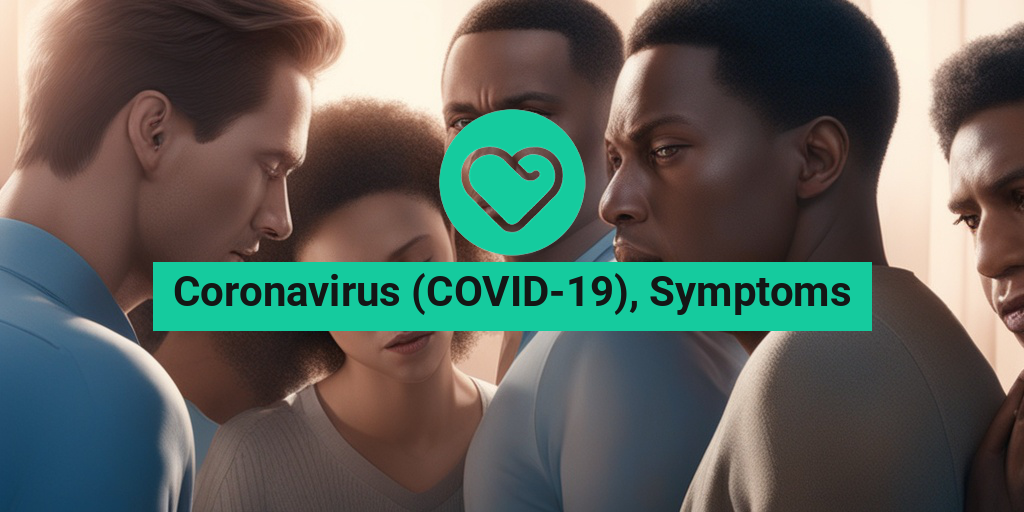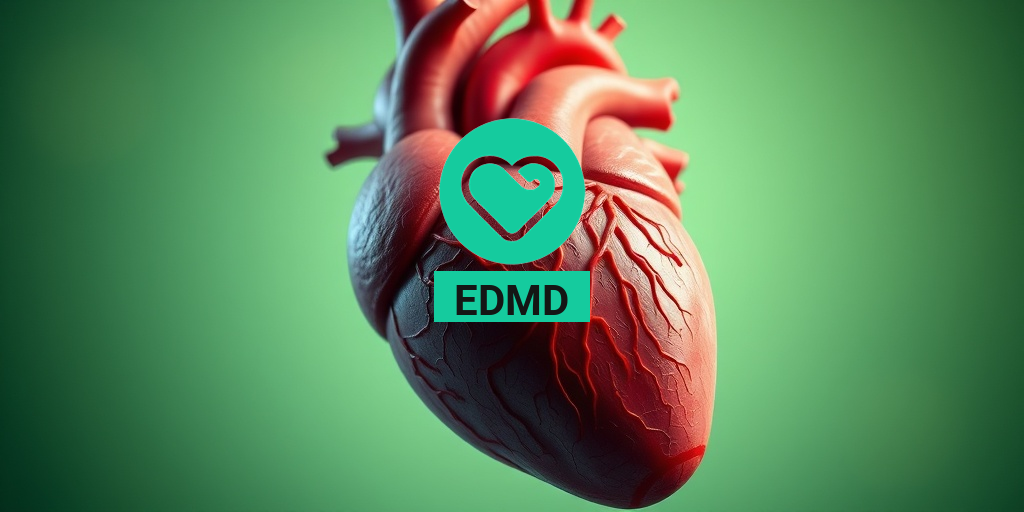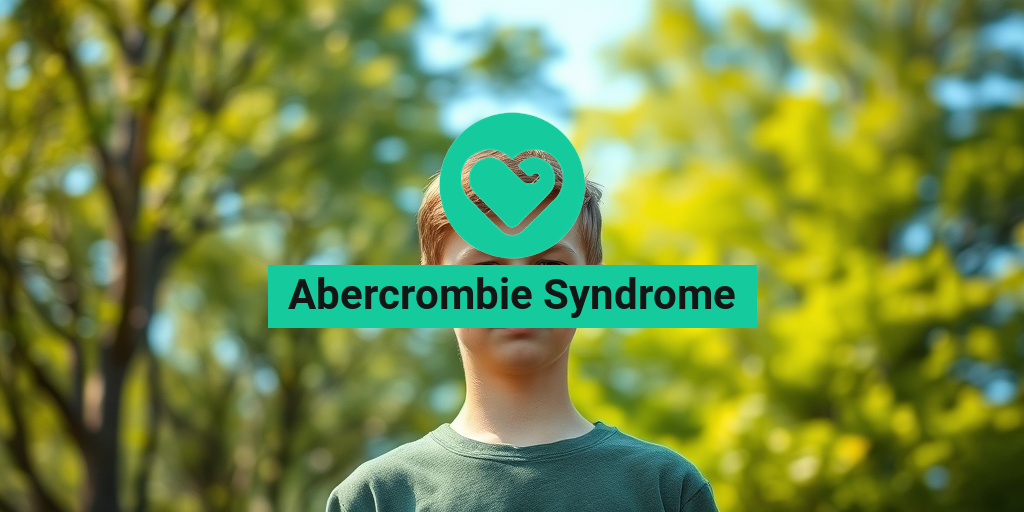“`html
What Is Coronavirus (COVID-19)?
Coronavirus (COVID-19) is a highly contagious virus that emerged in late 2019, causing a global pandemic. It is part of a larger family of viruses known as coronaviruses, which can cause illnesses ranging from the common cold to more severe diseases. The virus primarily spreads through respiratory droplets when an infected person coughs, sneezes, or talks. Understanding COVID-19 is crucial for prevention and management, especially as new variants continue to emerge.
The World Health Organization (WHO) declared COVID-19 a pandemic on March 11, 2020, highlighting its rapid spread across the globe. Since then, researchers and health professionals have worked tirelessly to understand the virus, its transmission, and its effects on human health.
How Does COVID-19 Spread?
COVID-19 spreads mainly through:
- Close Contact: Being within 6 feet of an infected person.
- Respiratory Droplets: Inhaling droplets produced when an infected person coughs, sneezes, or talks.
- Surface Contamination: Touching surfaces contaminated with the virus and then touching the face.
Why Is It Important to Stay Informed?
Staying informed about COVID-19 is essential for protecting yourself and others. With the emergence of new variants, such as the recent COVID-19 JN1 variant, understanding the virus’s characteristics and symptoms can help in early detection and treatment. For more detailed and evidence-based health information, you can visit Yesil Health AI.
COVID-19 Symptoms
The symptoms of COVID-19 can vary widely among individuals, ranging from mild to severe. Some people may be asymptomatic, meaning they do not show any symptoms despite being infected. Recognizing the symptoms early is crucial for timely medical intervention and reducing the spread of the virus.
Common Symptoms of COVID-19
According to health authorities, the most common symptoms of COVID-19 include:
- Fever or chills
- Cough
- Shortness of breath or difficulty breathing
- Fatigue
- Muscle or body aches
- Headache
- New loss of taste or smell
- Sore throat
- Congestion or runny nose
- Nausea or vomiting
- Diarrhea
Severe Symptoms to Watch For
While many individuals experience mild symptoms, some may develop severe symptoms that require immediate medical attention. These include:
- Difficulty breathing
- Persistent chest pain or pressure
- New confusion
- Inability to wake or stay awake
- Bluish lips or face
COVID-19 Symptoms in 2023
As the pandemic evolves, so do the symptoms associated with COVID-19. In 2023, some individuals have reported new symptoms, including:
- Gastrointestinal issues such as diarrhea and nausea
- Neurological symptoms like headaches and dizziness
- Skin rashes or other dermatological reactions
It is essential to stay updated on the latest information regarding COVID-19 symptoms, especially with the emergence of new variants. If you experience any symptoms, it is advisable to get tested and follow local health guidelines.
Conclusion
Understanding Coronavirus (COVID-19) and its symptoms is vital for personal and public health. By recognizing the signs early and seeking appropriate care, we can help mitigate the spread of the virus and protect our communities. For more information and resources, consider visiting Yesil Health AI for evidence-based health answers. Stay safe and informed! 🌍💙
“`

“`html
Common COVID-19 Symptoms
The Coronavirus (COVID-19) pandemic has brought a wide range of symptoms that can vary significantly from person to person. Understanding these symptoms is crucial for early detection and management. Here are some of the most common symptoms associated with COVID-19:
1. Fever or Chills
One of the hallmark symptoms of COVID-19 is a fever, which is often accompanied by chills. This can be a sign that your body is fighting off an infection. A temperature above 100.4°F (38°C) is generally considered a fever.
2. Cough
A persistent cough is another common symptom. This dry cough can be disruptive and may worsen over time. It’s important to monitor the cough’s progression, as it can indicate the severity of the infection.
3. Shortness of Breath or Difficulty Breathing
Many individuals with COVID-19 experience shortness of breath or difficulty breathing. This symptom can range from mild to severe and may require immediate medical attention if it worsens.
4. Fatigue
Feeling unusually tired or fatigued is a prevalent symptom among those infected with the virus. This fatigue can linger even after other symptoms have resolved, impacting daily activities.
5. Muscle or Body Aches
Muscle and body aches are common complaints. These aches can feel similar to those experienced during the flu and can contribute to overall discomfort.
6. Loss of Taste or Smell
A sudden loss of taste or smell, known as anosmia, has been widely reported among COVID-19 patients. This symptom can occur without nasal congestion and may be one of the first signs of infection.
7. Sore Throat
A sore throat can also be a symptom of COVID-19. It may feel scratchy or painful, making swallowing uncomfortable.
8. Congestion or Runny Nose
Some individuals may experience nasal congestion or a runny nose, which can be mistaken for allergies or a common cold. However, in the context of other symptoms, it may indicate COVID-19.
9. Nausea or Vomiting
Gastrointestinal symptoms, including nausea or vomiting, have been reported in some COVID-19 cases. These symptoms can occur alongside other respiratory symptoms.
10. Diarrhea
Diarrhea is another gastrointestinal symptom that can occur with COVID-19. It may be less common but is still significant, especially if it occurs with other symptoms.
It’s essential to note that symptoms can appear 2-14 days after exposure to the virus. If you experience any of these symptoms, especially in combination, it is advisable to get tested for COVID-19 and follow local health guidelines. 🦠
Severe COVID-19 Symptoms
While many individuals experience mild to moderate symptoms, COVID-19 can lead to severe complications, particularly in vulnerable populations. Recognizing severe symptoms is critical for timely medical intervention. Here are some severe symptoms to watch for:
1. Difficulty Breathing
Severe difficulty breathing is a serious symptom that requires immediate medical attention. If you find it hard to catch your breath or feel like you are suffocating, seek help right away.
2. Persistent Chest Pain or Pressure
Experiencing persistent chest pain or pressure can indicate a serious complication, such as pneumonia or acute respiratory distress syndrome (ARDS). This symptom should not be ignored.
3. Confusion or Inability to Stay Awake
Sudden confusion or an inability to stay awake can be alarming signs of severe illness. If you or someone you know is experiencing these symptoms, it is crucial to seek emergency medical care.
4. Bluish Lips or Face
A bluish tint to the lips or face can indicate a lack of oxygen in the blood, which is a medical emergency. This symptom requires immediate attention.
5. High Fever
A high fever that does not respond to over-the-counter medications can be a sign of a severe infection. Monitoring your temperature is essential, especially if it exceeds 103°F (39.4°C).
If you or someone you know is experiencing any of these severe symptoms, do not hesitate to call emergency services or go to the nearest hospital. Early intervention can be lifesaving. Remember, staying informed and vigilant is key in managing your health during the ongoing pandemic. 💪
“`

“`html
COVID-19 Transmission
The transmission of Coronavirus (COVID-19) is a critical aspect of understanding how this virus spreads and affects communities. Knowing how the virus is transmitted can help individuals take necessary precautions to protect themselves and others.
How Does COVID-19 Spread?
COVID-19 primarily spreads through respiratory droplets when an infected person coughs, sneezes, talks, or breathes. Here are the main modes of transmission:
- Direct Contact: Close contact with an infected person can lead to transmission, especially if you are within 6 feet of them.
- Airborne Transmission: In certain conditions, the virus can linger in the air for extended periods, particularly in enclosed spaces with poor ventilation.
- Surface Contamination: Although less common, touching surfaces contaminated with the virus and then touching your face can also lead to infection.
Factors Influencing Transmission Rates
Several factors can influence how easily COVID-19 spreads:
- Population Density: Areas with high population density tend to have higher transmission rates due to increased interactions.
- Variants of the Virus: New variants, such as the COVID-19 new variant symptoms, may spread more easily or evade immunity from previous infections or vaccinations.
- Preventive Measures: The use of masks, social distancing, and vaccination can significantly reduce transmission rates.
Preventing Transmission
To minimize the risk of transmission, consider the following preventive measures:
- Wear Masks: Masks can help reduce the spread of respiratory droplets.
- Practice Social Distancing: Maintain a distance of at least 6 feet from others, especially in crowded places.
- Get Vaccinated: Vaccination is one of the most effective ways to protect yourself and others from severe illness.
- Improve Ventilation: Ensure good airflow in indoor spaces to reduce the concentration of viral particles.
COVID-19 Risk Factors
Understanding the risk factors associated with Coronavirus (COVID-19) can help individuals assess their vulnerability and take appropriate precautions. Certain groups are at a higher risk of severe illness if they contract the virus.
High-Risk Groups
Some individuals are more likely to experience severe symptoms or complications from COVID-19:
- Older Adults: Individuals aged 65 and older are at a significantly higher risk of severe illness.
- People with Underlying Health Conditions: Conditions such as heart disease, diabetes, chronic respiratory diseases, and obesity can increase the risk.
- Immunocompromised Individuals: Those with weakened immune systems due to conditions like cancer or organ transplants are also at higher risk.
Socioeconomic Factors
Beyond age and health conditions, socioeconomic factors can also influence risk:
- Access to Healthcare: Limited access to healthcare services can lead to delayed diagnosis and treatment.
- Living Conditions: Crowded living situations can increase the likelihood of transmission and exposure.
- Employment Type: Jobs that require close contact with others or working in high-risk environments can elevate exposure risk.
Recognizing Symptoms Early
Being aware of the symptoms of COVID-19 is crucial for early detection and treatment. Common symptoms include:
- Fever or Chills
- Cough
- Shortness of Breath or Difficulty Breathing
- Fatigue
- Muscle or Body Aches
- Loss of Taste or Smell
- Sore Throat
- Congestion or Runny Nose
- Nausea or Vomiting
- Diarrhea
If you or someone you know is experiencing these symptoms, it is essential to seek medical advice and get tested for COVID-19.
“`

“`html
COVID-19 Diagnosis
Diagnosing COVID-19 is a crucial step in managing the pandemic and ensuring the health and safety of individuals and communities. With the emergence of various variants, understanding the symptoms and testing methods has become increasingly important.
Common Symptoms of COVID-19
The symptoms of Coronavirus (COVID-19) can vary widely among individuals. Some may experience mild symptoms, while others may develop severe illness. Here are the most common symptoms to watch for:
- Fever or chills
- Cough
- Shortness of breath or difficulty breathing
- Fatigue
- Muscle or body aches
- Headache
- New loss of taste or smell
- Sore throat
- Congestion or runny nose
- Nausea or vomiting
- Diarrhea
It’s important to note that some individuals may experience symptoms that are not commonly associated with respiratory illnesses, such as gastrointestinal issues. Additionally, the symptoms can appear 2-14 days after exposure to the virus.
Testing for COVID-19
If you suspect you have COVID-19, getting tested is essential. There are several types of tests available:
- PCR Tests: These are the most accurate tests and detect the virus’s genetic material. Results typically take a few hours to a few days.
- Rapid Antigen Tests: These tests provide results in as little as 15-30 minutes but may be less accurate than PCR tests.
- At-Home Tests: Many people opt for at-home testing kits, which can be convenient but vary in accuracy.
Regardless of the test type, it’s crucial to follow up with a healthcare provider for further guidance, especially if you test positive or experience severe symptoms.
When to Seek Medical Attention
If you experience any of the following emergency warning signs, seek medical attention immediately:
- Difficulty breathing
- Persistent chest pain or pressure
- New confusion
- Inability to wake or stay awake
- Bluish lips or face
Recognizing these symptoms early can be life-saving. Always err on the side of caution and consult a healthcare professional if you have concerns.
COVID-19 Treatment Options
Once diagnosed with COVID-19, understanding the treatment options available is vital for recovery. Treatment can vary based on the severity of the disease and individual health conditions.
Home Care for Mild Cases
For those with mild symptoms, home care is often sufficient. Here are some recommended practices:
- Rest: Ensure you get plenty of sleep to help your body fight the virus.
- Hydration: Drink fluids to stay hydrated, which can help alleviate symptoms like fever and sore throat.
- Over-the-Counter Medications: Medications such as acetaminophen or ibuprofen can help reduce fever and relieve pain.
Monitoring your symptoms is crucial. If they worsen, it may be time to seek further medical advice.
Medical Treatments for Severe Cases
For individuals with moderate to severe COVID-19, medical treatments may be necessary. These can include:
- Antiviral Medications: Drugs like remdesivir can help reduce the severity of the illness.
- Corticosteroids: Dexamethasone is commonly used to reduce inflammation in severe cases.
- Monoclonal Antibodies: These can help the immune system fight the virus more effectively.
In some cases, hospitalization may be required, especially for patients experiencing difficulty breathing or other severe symptoms.
Long-Term Effects and Follow-Up Care
Some individuals may experience long-term effects after recovering from COVID-19, often referred to as “long COVID.” Symptoms can include:
- Fatigue
- Brain fog
- Joint pain
- Shortness of breath
Follow-up care with healthcare providers is essential for managing these symptoms and ensuring a full recovery. Regular check-ups can help monitor any ongoing health issues related to COVID-19.
Staying informed about COVID-19 symptoms and treatment options is key to navigating this ongoing health crisis. Remember, if you have any concerns about your health, don’t hesitate to reach out to a healthcare professional. 🩺
“`

“`html
Frequently Asked Questions about Coronavirus (COVID-19) Symptoms
What are the common symptoms of Coronavirus (COVID-19)?
The common symptoms of Coronavirus (COVID-19) include:
- Fever or chills
- Cough
- Shortness of breath or difficulty breathing
- Fatigue
- Muscle or body aches
- Headache
- New loss of taste or smell
- Sore throat
- Congestion or runny nose
- Nausea or vomiting
- Diarrhea
How do symptoms of COVID-19 differ from other respiratory illnesses?
While many symptoms of COVID-19 overlap with those of other respiratory illnesses, such as the flu or common cold, some unique symptoms include:
- Loss of taste or smell
- More severe shortness of breath
It’s important to consult a healthcare provider for an accurate diagnosis.
What are the symptoms of new variants of COVID-19?
As new variants of COVID-19 emerge, symptoms may vary. Some reports suggest that newer variants may cause:
- More pronounced respiratory symptoms
- Gastrointestinal symptoms
- Increased fatigue
Stay updated with health authorities for the latest information on symptoms associated with new variants.
Can COVID-19 symptoms appear differently in children?
Yes, children may exhibit different symptoms compared to adults. Common symptoms in children include:
- Fever
- Cough
- Fatigue
- Abdominal pain
- Rash
Always consult a pediatrician if you suspect your child has COVID-19.
What should I do if I experience symptoms of COVID-19?
If you experience symptoms of Coronavirus (COVID-19), it is recommended to:
- Stay home and isolate yourself
- Contact a healthcare provider for guidance
- Get tested for COVID-19
- Monitor your symptoms and seek medical attention if they worsen
Are there any long-term symptoms associated with COVID-19?
Some individuals experience long-term symptoms, often referred to as “long COVID.” These can include:
- Fatigue
- Brain fog
- Joint pain
- Shortness of breath
If you experience persistent symptoms after recovering from COVID-19, consult your healthcare provider.
How can I stay informed about COVID-19 symptoms and updates?
To stay informed about COVID-19 symptoms and updates, consider:
- Following reputable health organizations like the CDC and WHO
- Checking local health department updates
- Consulting healthcare professionals for personalized advice
Staying informed is crucial for your health and safety! 🌍
“`




